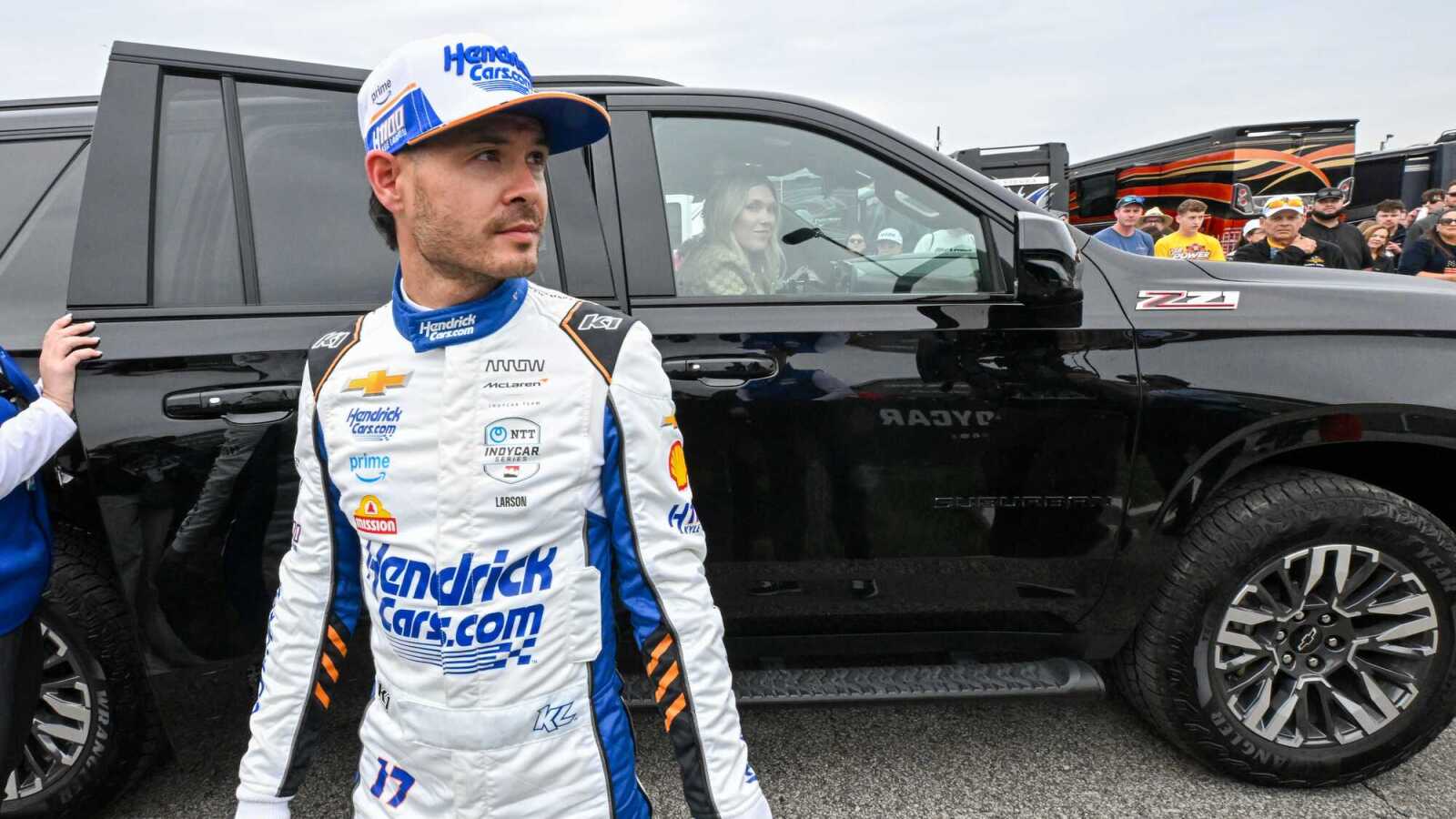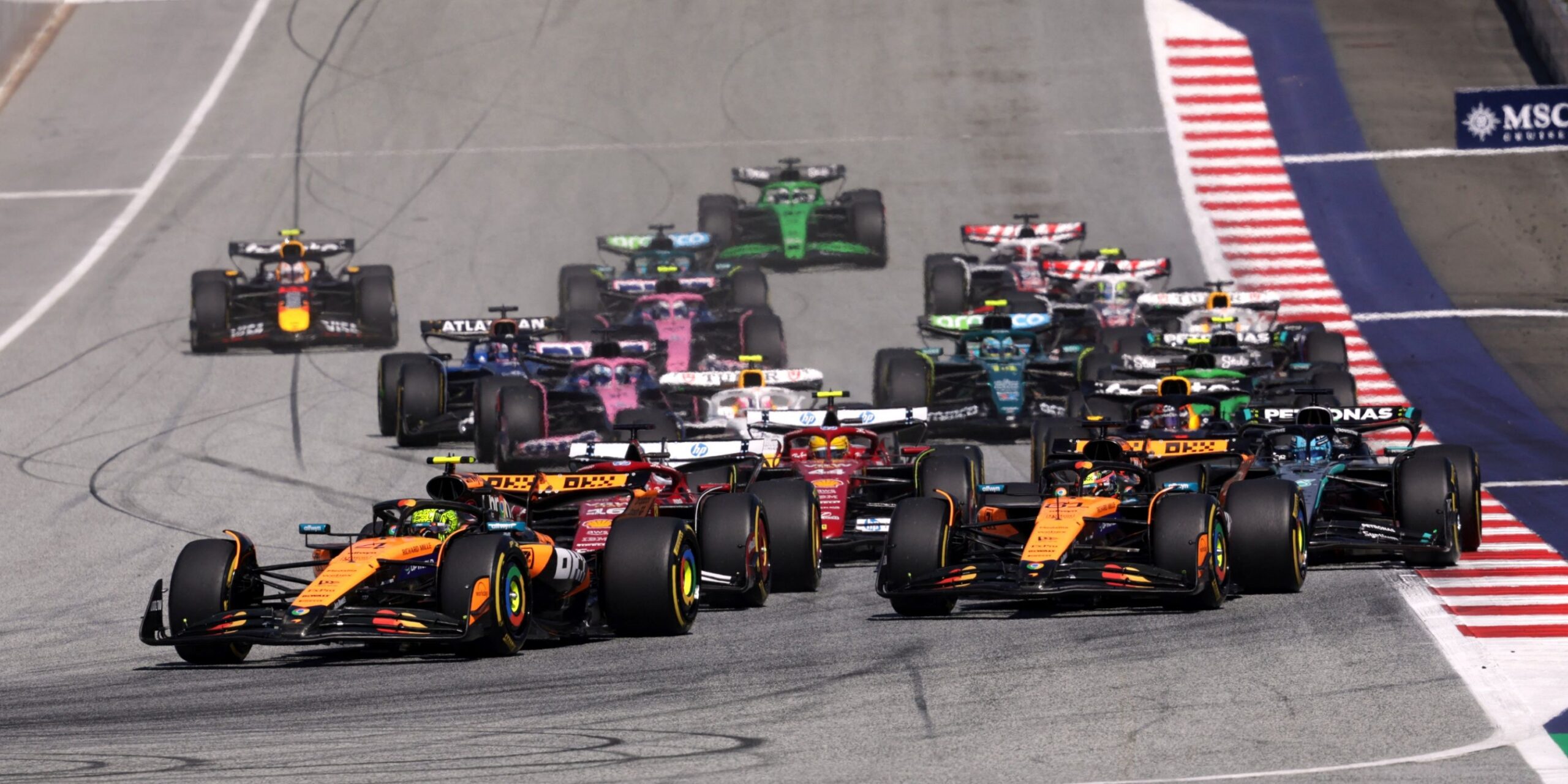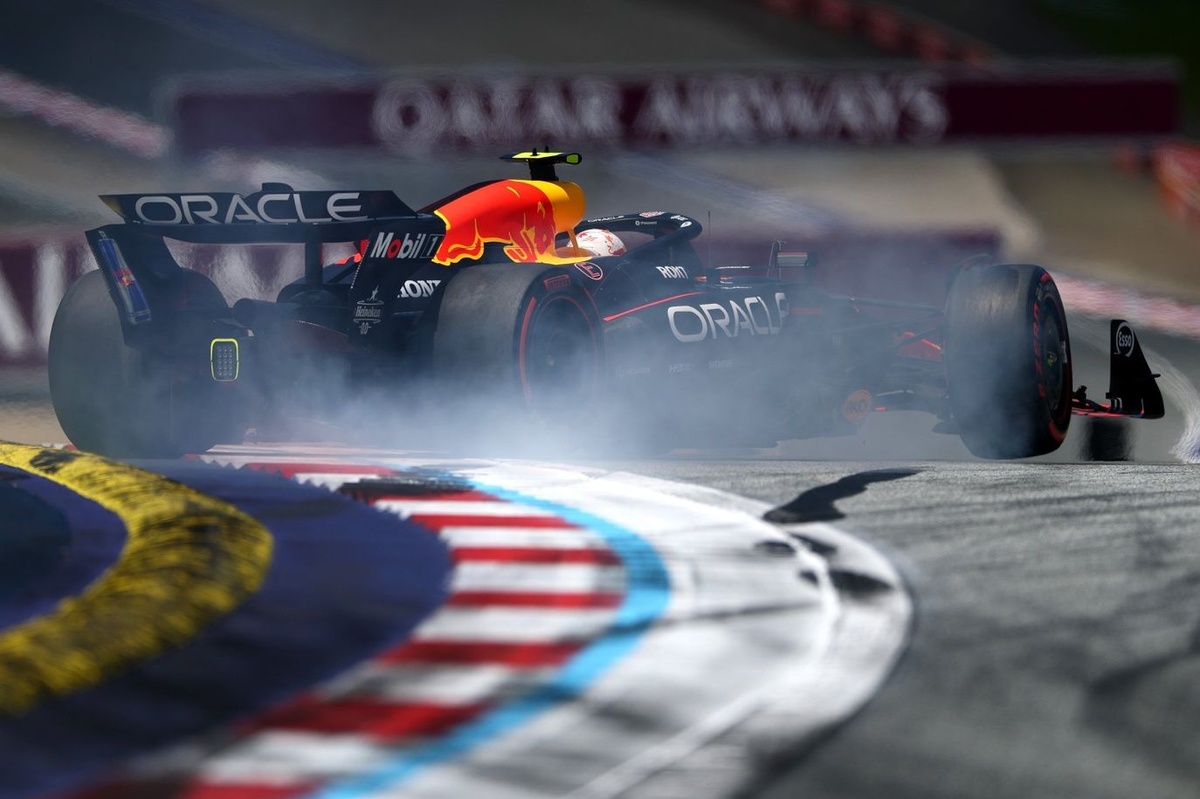NASCAR champion Kyle Larson recently ignited a compelling conversation within the motorsports community by suggesting that the meteoric rise of Formula 1’s popularity in America might be inadvertently slowing NASCAR’s own growth. This intriguing perspective from a prominent figure in American auto racing highlights a significant shift in the competitive landscape between these two elite racing series, which have historically cultivated their distinct fan bases on separate, yet parallel, timelines.
Larson posits that Formula 1 possesses a unique “cool factor” that resonates strongly with a burgeoning segment of newer audiences, potentially diverting attention and resources that might otherwise have flowed towards NASCAR. This observation is underscored by F1’s undeniable surge in interest across the United States, significantly fueled by the immense success of the Netflix docuseries ‘Drive to Survive’ and the strategic addition of multiple Grand Prix events, including the highly anticipated races in Miami and Las Vegas. This global motorsport spectacle, with its advanced technology, international drivers, and glamorous persona, offers a fresh appeal to those new to the racing world.
Conversely, NASCAR has long been a cornerstone of American racing culture, deeply embedded in the nation’s sporting fabric with a loyal, passionate fan base. Its roots are firmly planted in traditional oval track racing, characterized by close-quarters competition and a more accessible, down-to-earth image. While it continues to command significant viewership, the emergence of a global competitor like Formula 1, with its distinct marketing and fan engagement strategies, presents a new dynamic for its continued expansion.
The competitive dynamics between these two titans of auto racing are becoming increasingly apparent. Larson’s comments invite a deeper discussion on how each series strategizes for market penetration and fan engagement amidst an evolving sports landscape. The influx of new viewers to Formula 1 suggests a changing preference among some sports consumers, who are drawn to F1’s blend of high-tech engineering, international flair, and often, celebrity appeal, which contrasts with NASCAR’s more regional and traditional appeal.
For NASCAR, the challenge lies not just in retaining its existing passionate following but in innovating to capture the attention of these new audiences who are increasingly exposed to diverse global sports. Both motorsports disciplines must continually adapt their approaches, from race formats to digital content strategies, to maintain and expand their footprint. The ongoing interplay between F1’s surging global appeal and NASCAR’s deep-rooted domestic presence will undoubtedly shape the future trajectory of auto racing in America, prompting a reevaluation of what truly drives fan interest.
Larson’s use of the term “cool factor” is particularly insightful, pointing to F1’s perceived modernity, high-stakes drama, and a certain aspirational lifestyle often associated with its global circuit. This aesthetic and narrative appeal, skillfully amplified by media, appears to be attracting a younger, more diverse demographic that may not have traditionally followed motorsports. This subtly challenges NASCAR to redefine its own narrative and elevate its appeal beyond its traditional strongholds.
Ultimately, while both NASCAR and Formula 1 are elite motorsports series, their current trajectories in the American market underscore the fierce competition for entertainment dollars and audience attention. Kyle Larson’s candid assessment serves as a timely reminder that even established sporting giants must continually innovate and respond to the evolving preferences of fans to ensure sustained growth and relevance in an increasingly globalized and competitive world of auto racing.
Discover more from The Time News
Subscribe to get the latest posts sent to your email.



